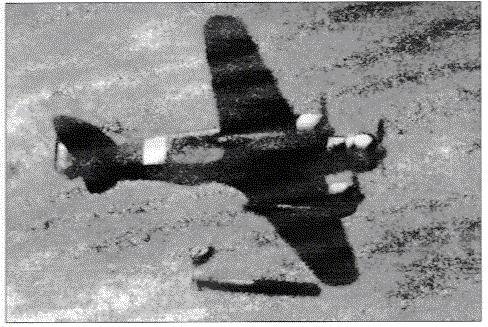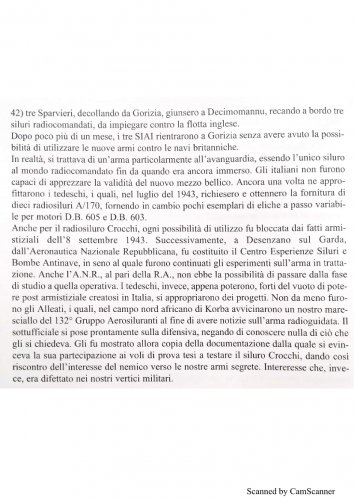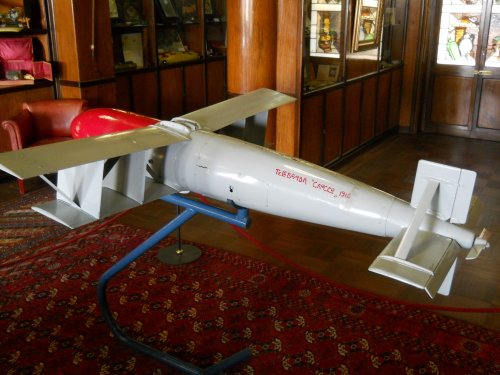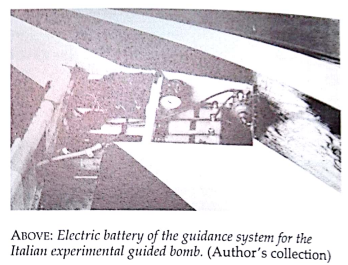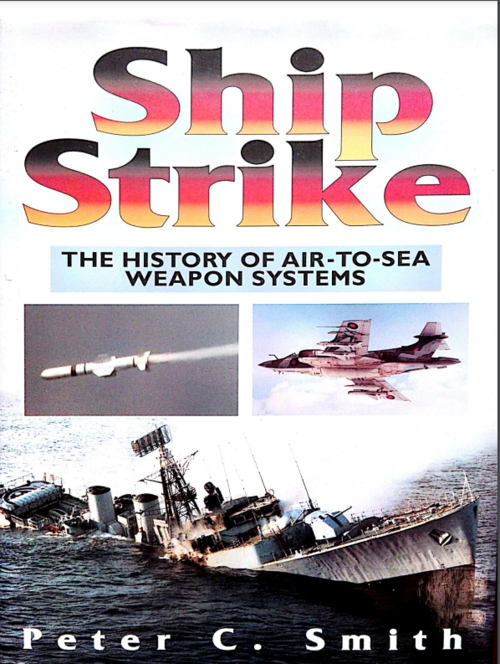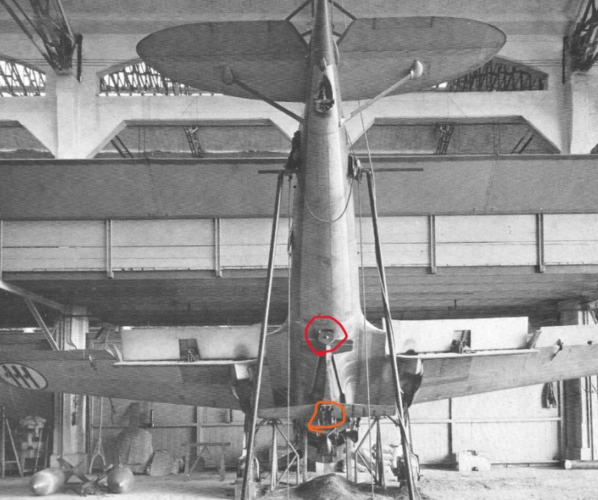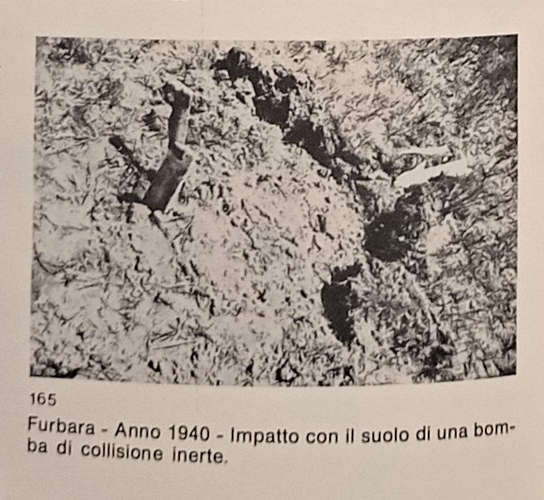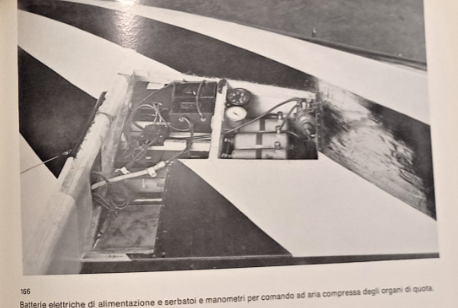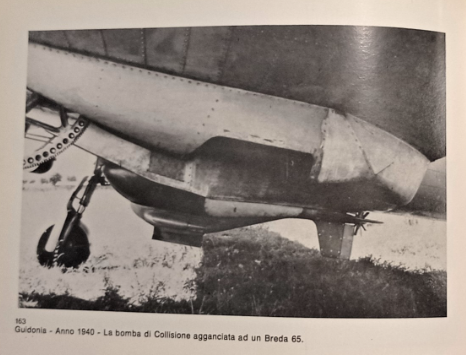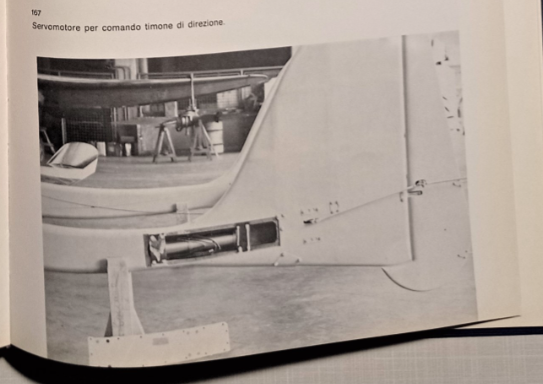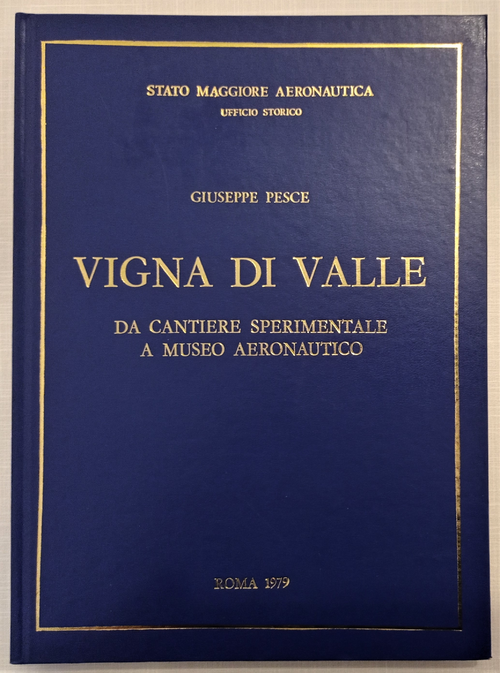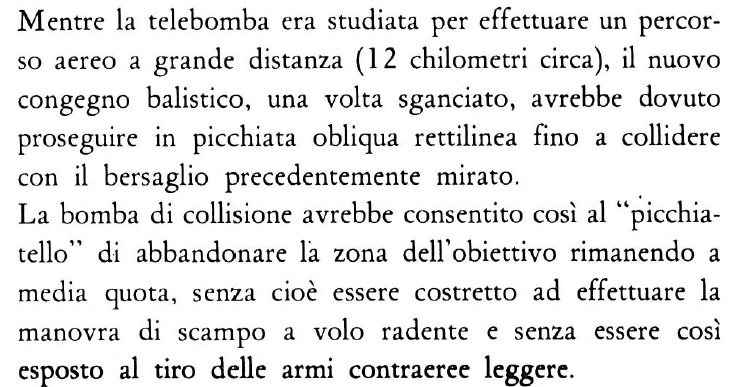Dilandu
I'm dissatisfied, which means, I exist.
Hello. I'm not sure this post should be right here, but it's the closest theme I found.
Does anyone have any data about the radio-controlled torpedo that - according to some sources - was supposed to be used from P.108? According to available data, the aforementioned torpedo was developed in 1940-1943 by Piero Crocchi, and it was aerial torpedo, controlled by radio-command system from the bomber (or from control plane). For the tracking of the torpedo in water, the fluorescent trail was left in her wake.
All that I was able to found is this (please forgive me for rough translation):
I'll be very grateful for any data about this weapon system.
Does anyone have any data about the radio-controlled torpedo that - according to some sources - was supposed to be used from P.108? According to available data, the aforementioned torpedo was developed in 1940-1943 by Piero Crocchi, and it was aerial torpedo, controlled by radio-command system from the bomber (or from control plane). For the tracking of the torpedo in water, the fluorescent trail was left in her wake.
All that I was able to found is this (please forgive me for rough translation):
1940-1943 Radio-controlled torpedo
Given by the ingeniousness of Ing. Piero Crocchi is made by Ten.Col.
Rinaldi and from the Ten. Col. Freri initially on torpedoes type A / 130 then on
torpedoes A / 170 the project planned to be able to radioguide a torpedo against the
opposing ships.
The big advantage was to be able to launch the weapon at 3500 meters. of
distance from the target to avoid the direct fire of the ship and not
alarm the opponent who could change the course.
The experiments were very promising even if for lack of funds only
in 1941 a conclusive report could be given, in practice it was aimed at
with a squadron of 5 vehicles you can launch 4 weapons at low altitude
while the 5 high-altitude aircraft drove on the target.
The torpedo could travel about 6km at the speed of 36 knots emitting
a green fluorescent trail to be seen from above, could be
equipped with a parachute to be launched from 400-500mt.
In addition to the Sm79 tests were launched by the P108, but now it was
too late .
The Germans were very interested in the trials so much that in July 1943
they asked for all 10 of them to be cropped up for the radio control and gave it to me
change 20 specimens of variable pitch propellers.
Even the British were interested in the weapon, the Mar. Polidori (a
test) at the end of September 1943 was approached by a W.C. of the Raf that
he asked about the project despite the reticence of the first W.C. he did
see all flight excerpts performed in Gorizia with the "secret" weapon
Italian.
I'll be very grateful for any data about this weapon system.

